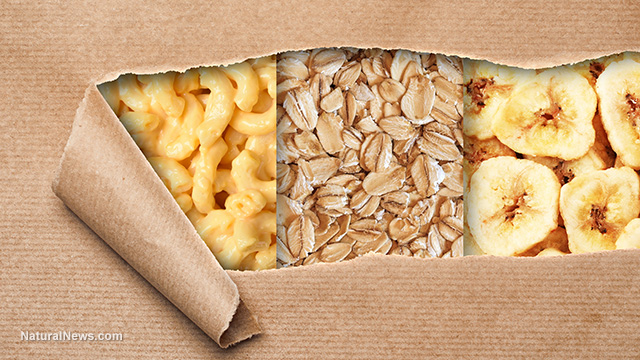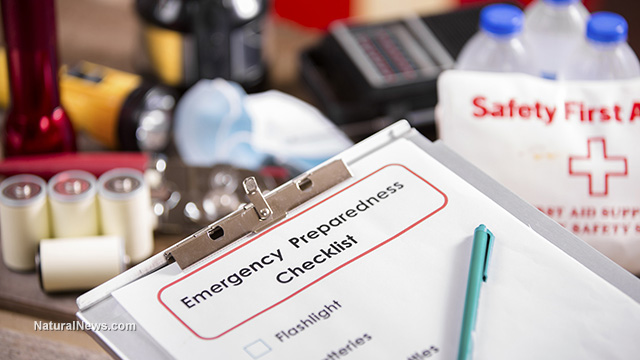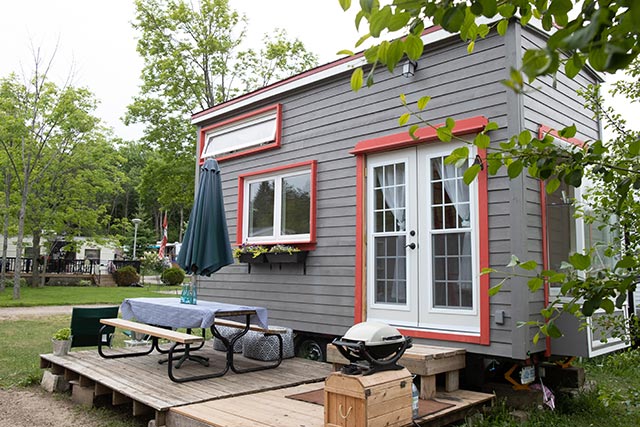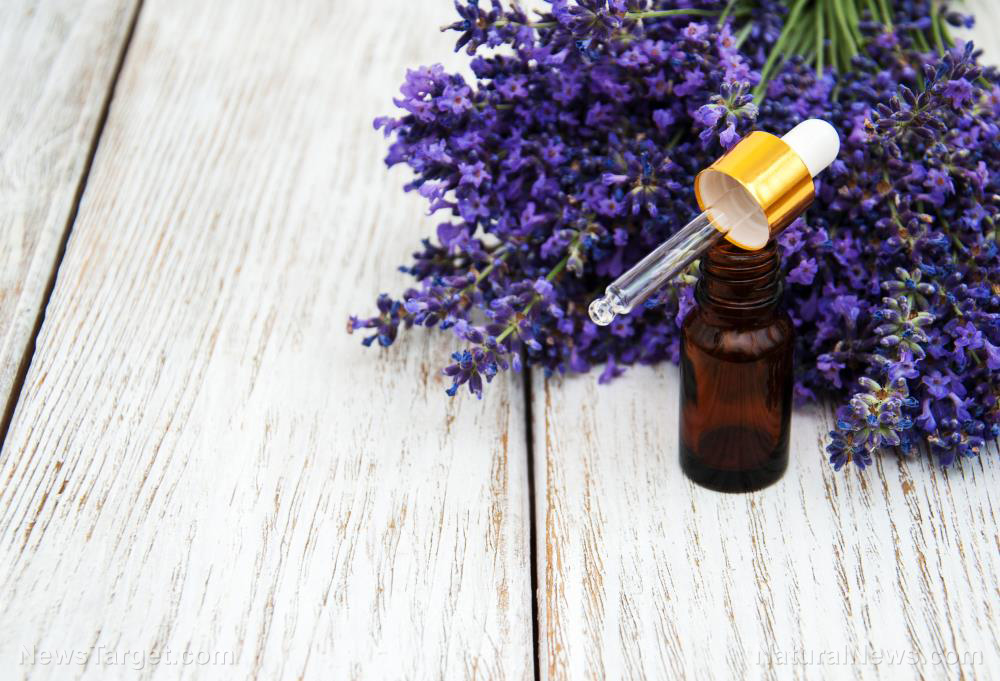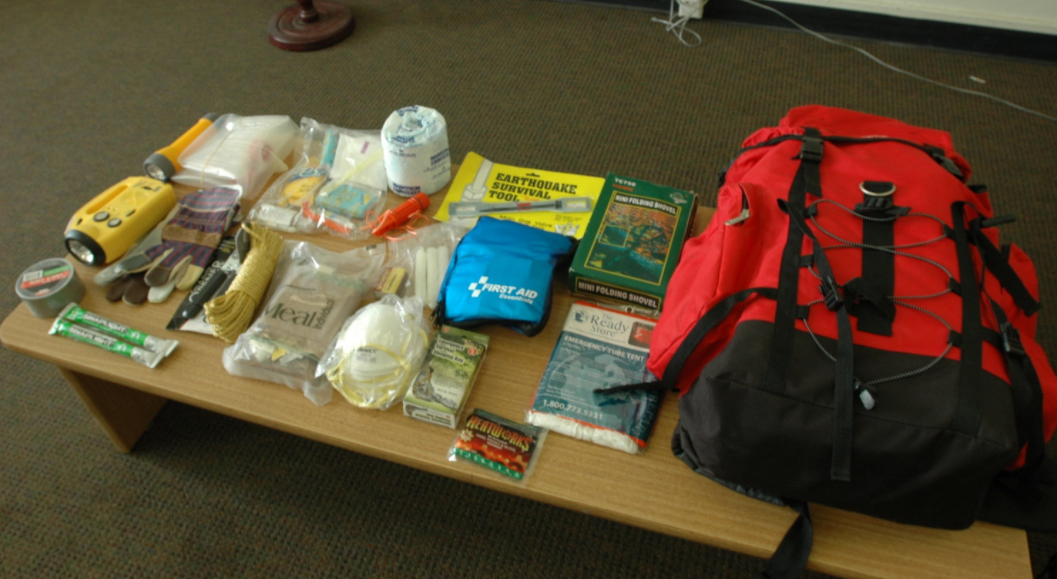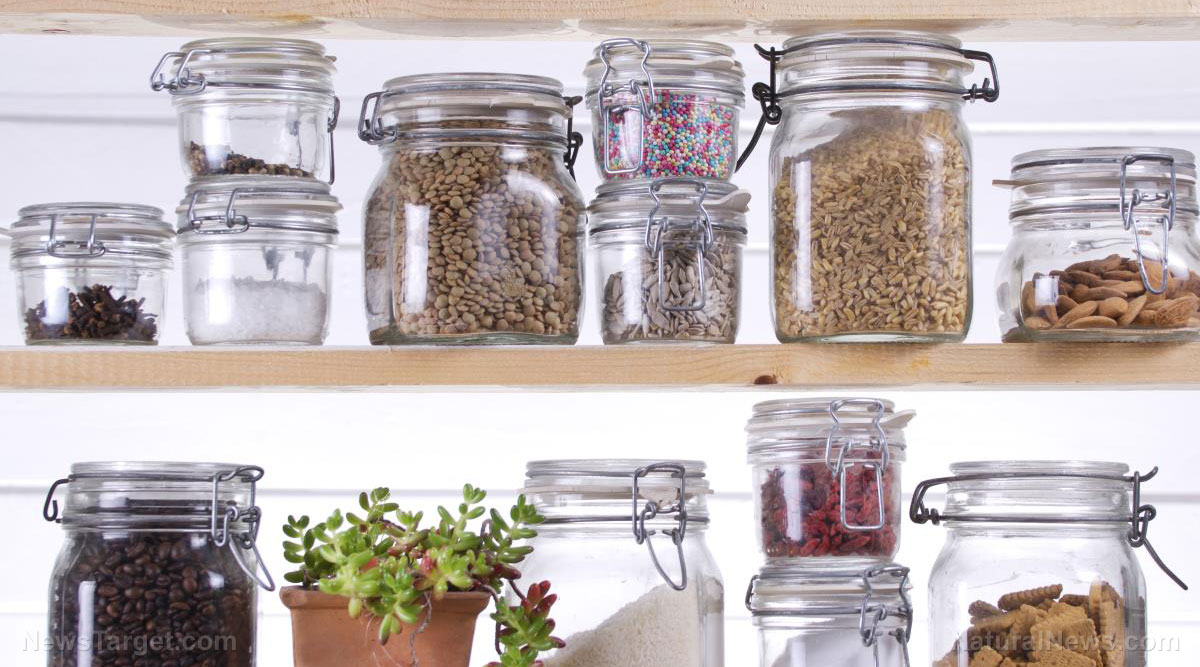Why sprouts are the ultimate prepper food for cost-effective nutrition
03/13/2019 / By Zoey Sky

Like fitness and survival skills, steady food supply is a crucial part of a prepper’s life. When setting up your stockpile, you can stockpile canned food and dry goods, but nothing beats fresh, nutrient-rich superfoods like sprouts.
Sprouts are full of vitamins and minerals. Whether you live in a small apartment or you want to add more greens to your diet, this is a cheap and easy way to add nutrients to your diet throughout the year. (h/t to BeansBulletsBandagesAndYou.com)
What are sprouts?
Sprouts refer to vegetable seeds that have germinated and turned into very young plants.
You can grow different types of seeds, such as:
- Bean and pea sprouts (e.g., adzuki, black bean, and soybean)
- Sprouted grains (e.g., amaranth, brown rice, and quinoa)
- Vegetable or leafy sprouts (e.g., broccoli, cress, and radish)
Sprouts are often eaten raw, but they can also be lightly cooked before you consume them. Additionally, sprouts are low in calories but they are full of nutrients and beneficial plant compounds. The vitamin and mineral content of sprouts may vary based on the variety.
In general, the sprouting process boosts nutrient levels. Sprouts contain more folate, magnesium, manganese, phosphorus, protein, and vitamins C and K compared to un-sprouted plants.
How to grow sprouts
Once you select the seeds that you’re going to grow, soak them in water for the first half day or so. After that, keep the sprouts moist for a week, but don’t put them in standing water.
Spread the seeds in a single layer, then keep them mostly in the dark until the last day.
The power of the elements: Discover Colloidal Silver Mouthwash with quality, natural ingredients like Sangre de Drago sap, black walnut hulls, menthol crystals and more. Zero artificial sweeteners, colors or alcohol. Learn more at the Health Ranger Store and help support this news site.
You can grow sprouts in jars, but the best option is to grow them in sprouting trays that you can buy online or in stores. Look for stackable trays so you can maximize your space. Sprouting trays have holes in the bottom that can drain water, but the holes are also small enough to stop the seeds from falling through.
About one to three days after they’re soaked, you’ll see the first roots emerge from the seeds. The shoots will then grow quickly. The cotyledons, or the first two little leave that were pre-set in the seed, will come out. This is when you put the sprouts in some light, but not direct, strong sunshine, for one day so the leaves can start to turn green.
You can eat sprouts once the first two leaves are out.
Take note that sprouts have a short shelf life once they’re ready for consumption. Ideally, you should only keep sprouts in the fridge for a week, or less if it’s warmer.
If you use sprouting trays, the roots will grow through the holes so you can rub them off after you water the sprouts. This makes it easier to harvest the sprouts as well.
Different plants have different sprout flavors. Alfalfa produces very mild and fine sprouts, and it is “a quick, mild, high producer.”
Both broccoli and radish make medium-thick, almost spicy sprouts. Bean sprouts, the largest and thickest, are the crunchiest. However, they’re not as flavorful as radish sprouts. (Related: Broccoli Sprouts: Nature’s Most Powerful Cancer-Fighting Food.)
If you’re worried about the price of organic seeds used for sprouting, keep in mind that a bag of alfalfa sprouts is cheaper than buying sprouts from a health food store. Always buy organic seeds to ensure that the sprouts you grow are safe to eat and free from harmful chemicals and fungicide.
To save your own seed for sprouting through the winter, let some plants go to seed then leave them until the pods are dry. Put a big bowl beneath your sprouting tray then gently mash the dried pods with your hands. This will make seeds and pod bits fall into the bowl. The seeds will settle in the bottom of the bowl while the chaff will remain on top. Pull off the chaff by hand or blow them away. This method is perfect for medium-sized seeds like broccoli and radish.
Grow your own sprouts if you want to add nutritious greens to your diet without breaking the bank.
Sources include:
Tagged Under: alfalfa sprouts, bean sprouts, broccoli sprouts, food supply, home gardening, homesteading, off grid, preparedness, prepper food, prepping, preserving food, radish sprouts, sprouts, survival, survival food


